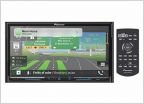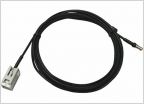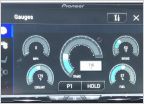-
Welcome to Tacoma World!
You are currently viewing as a guest! To get full-access, you need to register for a FREE account.
As a registered member, you’ll be able to:- Participate in all Tacoma discussion topics
- Communicate privately with other Tacoma owners from around the world
- Post your own photos in our Members Gallery
- Access all special features of the site
Amp not putting out enough Volts
Discussion in 'Audio & Video' started by back2basics, Dec 20, 2015.
Page 1 of 2
Page 1 of 2


 Do not buy pioneer head units, specifically the DMH-WT series
Do not buy pioneer head units, specifically the DMH-WT series Sanity Check for 2009 JBL headunit replacement
Sanity Check for 2009 JBL headunit replacement 2006 Double Cab sound upgrade recommendations
2006 Double Cab sound upgrade recommendations 2012-15 Tacoma Radio Upgrade; Camera Tips
2012-15 Tacoma Radio Upgrade; Camera Tips 2023 TRD Sport head unit upgrade question
2023 TRD Sport head unit upgrade question













































































